Decisions…
In my last post, I closed by proclaiming my intent to let all I had learned during Milestone 1 churn in my head to determine what I should do next.
There were many weighty questions that basically boiled down to:
"Which plugin? Which engine?"
"Which type of gen AI entity? Which model?"
"How the heck do I actually do this?"
After thinking I realized that the best time to plant a tree was yesterday.
So, I decided to just begin. Try to make an intelligent NPC. Pick a plugin, an engine, and see where it took me. If it didn’t work, try another one.
Ready, Set, Go!
In terms of picking a plugin, I looked into a few choices from Milestone 1’s research:
Inworld (First Look)
After some digging, I realized things seemed… off.
- Their plugins were not updated, and specifically the Unreal Engine plugin had not been migrated to the new Epic Games asset store (FAB).
- My dashboard didn’t match their blog posts or tutorials. I kept finding broken links as well as no existence of a “character creator”.
At this point, itching to get started, I chose to pivot to Convai, since their information was current and their Unreal plugin was easy to access.
Convai Phase Steps
- Created a character on the Convai character dashboard
- Apple_INPC1 the “Apple Seller”
- Installed and set up Convai’s Unreal Engine plugin.
- Linked my Convai API key to UE project
- Followed Convai Blueprint documentation.
- Matched the node setup
- Confirmed the system could connect.
- IT’S WORKING!!!
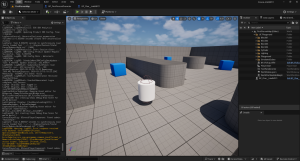
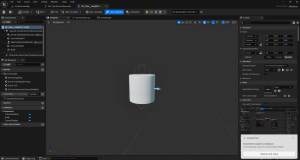
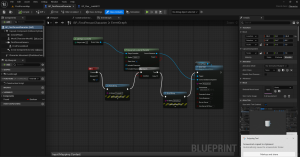
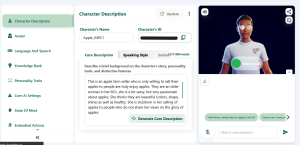
End Result of Convai Phase
Technically…I got the NPC to work when I hit play!
I (the player) walked up to the NPC (a cylinder in the scene) ->
Pressed E (while looking at it) to simulate a prompt interaction ->
The NPC acknowledged that I spoke to it ->
NPC connected to the Convai server through my API key as well as the character ID ->
Gave me a response back (in line with its apple seller character I created) via an on screen prompt!
The problem? Within minutes I hit the free-tier interaction cap (100/month). Convai technically worked, but I couldn’t meaningfully keep testing without paying.
Time to Pivot: The “I-Will-Make-My-Own-Plan” Phase
Even if I upgraded, Convai would still have the issue of limited interactions.
I needed a solution that would (ideally) not cost me money to utilize generative AI models as well as not limit the amount of interactions I could have.
So, I circled back to Inworld to see if I’d missed something.
Where on Earth was that dashboard character engine?
It turned out, Inworld seemed to be in the middle of a major shift!
They were still offering the same idea of a product but instead of offering it through a web dashboard, they were transferring to what they called Runtime SDK.
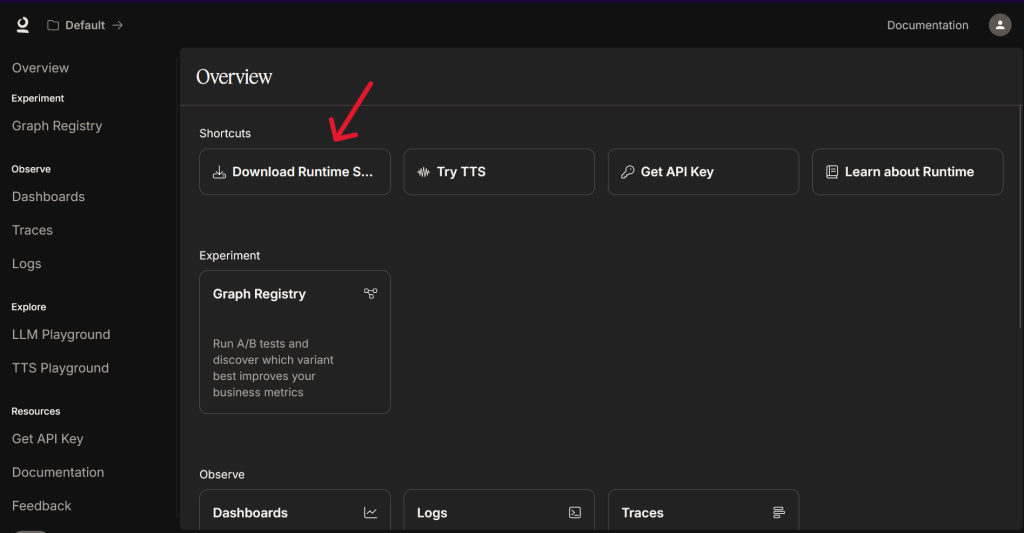
Inworld Runtime SDK Explained
- Old Inworld (Web Dashboard / Studio):
- Visual character creator in the browser.
- Easy, no coding, but limited integration.
- Now (Runtime SDK):
- Direct integration into Unreal or Unity.
- Work through code, configs, and templates to define your characters.
- More flexibility and control, but also more technical; writing logic rather than filling out a form.
- Offers $10/month of free credits. (More generous than Convai, but still not unlimited.)
This pivot made sense for Inworld’s long-term direction, but for my project it meant higher learning curve and likely costs down the road.
The Hybrid Solution
I then wondered if there was any way to run a local LLM on my machine and bypass server/interaction limits?
Enter Ollama

Ollama is an open-source tool that runs large language models locally on a machine.
It gave me a free, uncapped option to test whether Unreal could talk to an AI model at all!
The tradeoff: Ollama alone doesn’t offer built-in personality tools. That’s why I decided on a hybrid approach: use Ollama for the raw generative responses now, and later, layer in the Inworld Runtime SDK to shape personality, emotion, and guardrails directly inside Unreal.
Current Status & Milestone 2 Update
Milestone 2 is In-Progress!
I have pivoted from Convai to my hybrid Ollama + Inworld Runtime SDK plan.
As of today, Unreal is already talking to Ollama (the request/response event fires)!
Next hurdle: fixing a JSON formatting error so I can see my first real NPC reply.
My new method is slower going without a step-by-step guide, but I’m learning as I debug my Blueprints.
Milestone 2 Goal Update
The updated goal for this milestone is simple: prove the full (local) Ollama request/response loop works inside Unreal.
This is my essential “smoke test.” I even have a Blueprint literally called SmokeTest!
I will go over the exact process step by step that I have taken for this updated Milestone Ollama plan in Post 4 next week.
Until next time,
~Lauren

